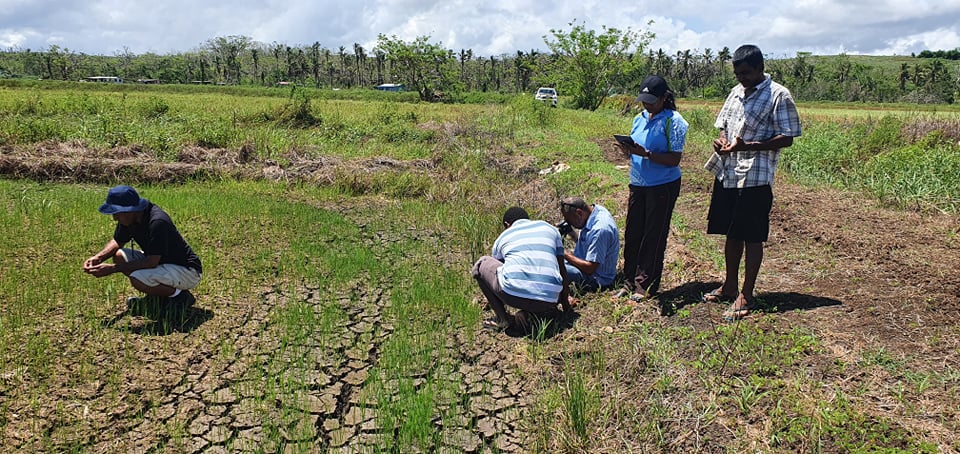Fiji’s Ministry of Agriculture is assessing the extent of damage caused by Tropical Cyclone Ana to the sector, findings of which will determine its response to affected farmers.
Minister for Agriculture Dr Mahendra Reddy says initial estimates showed that while TC Ana caused the most damage in the greater Viti Levu area, farmers in the North were the most affected, having been at the receiving end of two tropical cyclones within 45 days, after TC Yasa.
The Ministry is considering the implementation of an intensive response plan to rehabilitate farmers, Dr Reddy said.
“Ministry desktop estimates considering its impact, damages of around 10% to vegetable farmers in the Sigatoka lower valley area and about 60-80% for vegetables farmers in Ba and Nadarivatu,” Dr Reddy said.
“Root Crop farms in the Central Division were also badly affected by floodings in low lying areas with farmers experiencing more than 80% damages to their crop.
The team are deployed on the ground currently carrying our detailed damage assessment which would form the basis of our response.”
The ministry also recently completed its TC Yasa Damage Disaster Assessment (DDA), which placed damage bill to the agriculture sector at more than $147m, out of which 94% were value of damages on crop, 5.4% on livestock and 0.6% on infrastructure.
TC Yasa affected19,678 agricultural households, of which 9,936 were located in zone one or areas located 50 kilometres from the centre of the cyclone, 8,943 in zone two and 799 in zone three.
Out of these households, 18,496 were headed by male and 1,182 were female headed households.
The top five most affected crop identified in the DDA according to their value of damage were Yaqona, Dalo, Cassava, Watermelon and Chilies and top five livestock were goat, sheep, bees, cattle and horses.
“In Zone one [1] , which was the most affected area according to cyclone path, crop planting area damage recorded was more than 50% of total area [4392 Ha] and captured value of dead livestock at around $5.2m.”
These findings Dr Reddy says require a rapid response and a well-coordinated rehabilitation plan to ensure livelihoods are properly restored.








